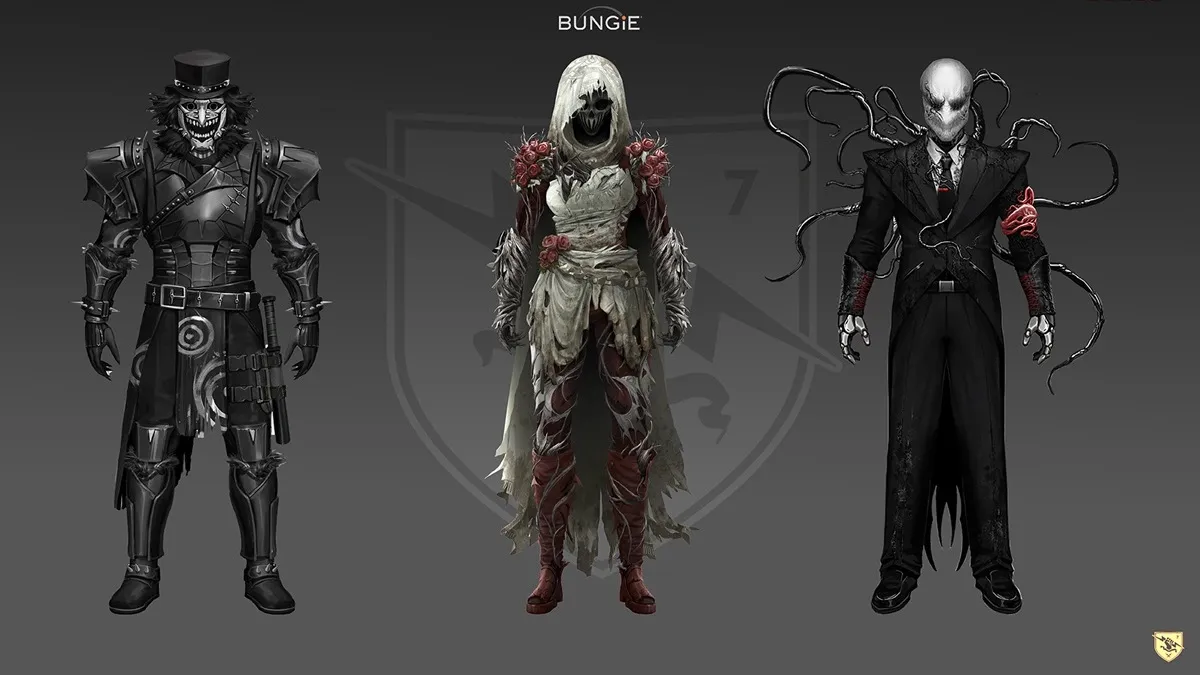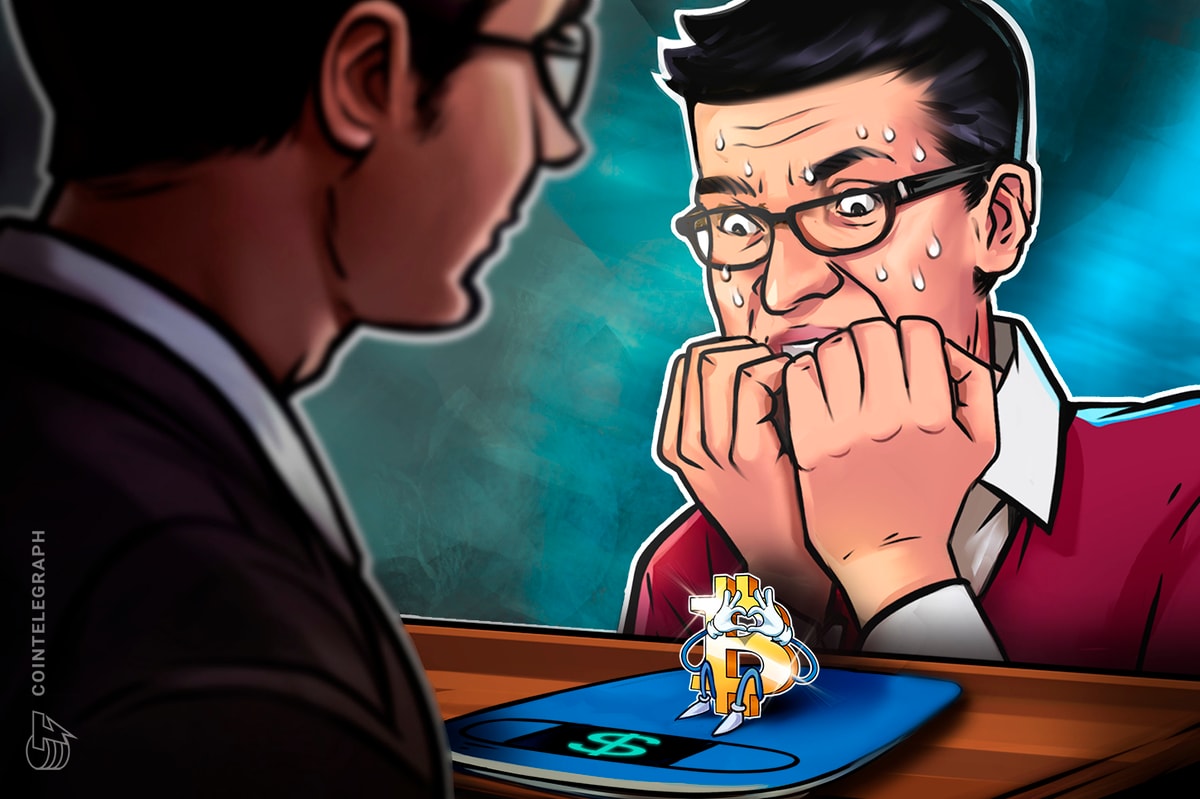In 2018, the heist thriller Den of Thieves shot into the all-time-great January movies canon, quickly garnering a passionate fan base, success at the box office, and a green light for a sequel. Seven years later, that sequel has finally arrived in style, with more tight writing, tense heist sequences, and lovable dirtbag characters.
Den of Thieves 2: Pantera sees writer-director Christian Gudegast returning for his sophomore feature, along with stars O’Shea Jackson Jr. and Gerard Butler as master criminal Donnie Wilson and grimy cop Nick O’Brien. While both movies are heist thrillers, they feel distinct from each other — the first movie captures the grimy atmosphere of down-and-dirty Los Angeles cops and criminals going toe-to-toe, while Pantera moves the action to Europe and often feels more like a globetrotting spy thriller.
While Den of Thieves’ heist was wholly original, Pantera’s big job is based on the infamous 2003 Antwerp heist, the largest known diamond heist in history. In the movie, Gudegast and his team make the heist methodical, paying close attention to the thieves’ process, and gradually using both the sound design and cross-cutting to other related sequences to build the tension to a nearly unbearable point.
Of the movie’s many standout sequences, the most impressive is an audacious car chase and shootout that takes place on a narrow, winding mountain road. The sequence is positively electrifying, and not just because Gudegast and his team broke new ground by using modified electric-powered vehicles. The sense of danger is palpable, and the custom modifications they were able to make to the cars allowed the cameras to get right in on every piece of the action.
Polygon spoke with Gudegast via Zoom about Pantera’s exhilarating electric car chase and how it all came together.
This interview has been edited for concision and clarity.
Polygon: I heard you got lucky on the Porsche side of things in terms of your tense car chase. Where did that idea come from? How did it all come together for you?
Christian Gudegast: I’m a car nut, and I race in rallies all the time. I’m just a car guy. The reason we chose the Porsche Taycan, why I scripted it that way, is I wanted an electric car, from my research. A lot of the thieves, when they would have a long exfil — in other words, when they were driving a long distance with loot — they want to be as stealthy as possible. With an electric car, you keep the sound down — it’s a much more stealthy ride. That’s one factor.
Another factor was the performance of the roads they were driving on. So I scouted all the roads ahead of time, and when I was designing the heist, I was with the thieves, and we designed literally what they would have done physically. We went to the geographical place they would actually go — they want to avoid roads with CCTV or what’s called AMPR, automated plate readers. We found these roads and we drove them. They were very serpentine mountain roads in the Alpes-Maritimes, north of Nice. And that led to the border of Italy. We drove them, we shot them, and we recreated that.
So it was all sort of reverse-engineered. I looked at those roads, looked at the cars, “This is the kind of car we want.” And then we approached Porsche and they were instantly in. On the first two minutes of the first call with all the Porsche brass, they jumped on. They don’t do commercials, they don’t really do advertising, but just for whatever reason, they saw this as a phenomenal opportunity, and they were incredible partners.
They were there six months ahead of time. They redesigned, outfitted all the cars for the shoot, which had never been done before with an electric car. We built pods so the driver could be on the roof of the car, and they had to reconfigure all the controls, and all the wiring went up to the roof. The driver’s on the roof so we could have the cameraman and all the actors in the car, and they could worry about pretending like they’re driving, and performing and shooting and doing dialogue.
Meanwhile, the driver’s on the roof of the car, and of course these were very, very dangerous roads, literally with a thousand-foot drop, no joke. So the stunts were very hairy, very dangerous, very precarious. Of course, we rehearsed the hell out of it. But Porsche, we couldn’t have done it without them. I mean, they were unbelievable. And they did everything on their own. They brought all the head engineers from North America and from Germany, and they really made that sequence possible.
What did the electric cars change about the way you film a car chase sequence? I have to imagine the audio was a big factor.
We shot it in a way where we wanted to feel the speed — a lot of wide and low, because the wider the lens, you feel more speed, feel more movement. The way we shot in and around the car, we did it differently. We didn’t want to have rigs on the outside of the car, which you often do, where you shoot the coverage from both sides — from rigs outside of the door of the car, looking through the front windows. We wanted to have the camera inside the car, be able to handheld and be right there in the action, right up wide in the actor’s face. And the pod rig allowed us to do that.
But really, it was the sound that you mentioned. It was really in the sound design. We had Porsche record all their own stuff for us, of their electric-powered Taycan engine, and we kind of enhance it here and there. We want to give sort of a hum. It has a very specific electric kind of hum sound, and we wanted to really bring that to the forefront. We just love the way it turned out. Steve [Barden], my sound designer, did an incredible job. It gave it a very unique and specific sound that’s unique to the car.
When you were making the decision, did it ever seem like a risk to do an electric car chase?
Yes.
What were you worried about?
In the tunnel part of the chase shootout — the purpose of the tunnel is because the sound is so incredible, because of the reverb. But part of it is the engine. And so we were worried we would have no real engine reverb. But then when we actually did it, we realized there was a little bit of a reverb coming from the engine, believe it or not. It just sort of expanded the hum sound. So we were able to enhance that a little bit, sound-design-wise, when we’re in that tunnel. And then of course the gunfire. But the Audis were gas-powered, so then we had the benefit of the Audi engines and that reverb in that tunnel, which was cool.
Historically, electric cars have mostly been used as a gag in chase sequences, whether in Mission: Impossible – Dead Reckoning or in comedies. Were you ever worried about the public perception of electric cars?
No, it didn’t even factor in. We were just paying attention to how we’re going to do it, working with Porsche, and doing our own thing.
Den of Thieves 2: Pantera is now playing in theaters. Den of Thieves is streaming on Max and rentable on Amazon Video, Fandango at Home, and other digital platforms.

 3 hours ago
2
3 hours ago
2









 English (US) ·
English (US) ·